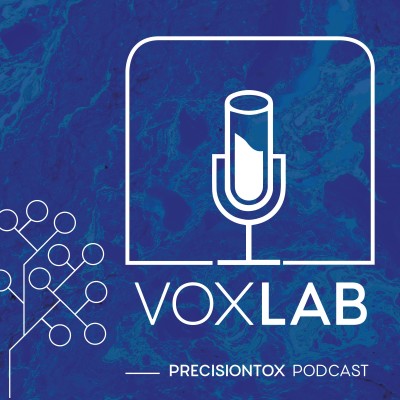Description
Prof. Luisa Orsini of the University of Birmingham introduces us to another fascinating organism model that serves both as sentinel in ecotoxicity as well as to predict the effect of chemicals on human health. Daphnia is a crustacean that lives in fresh waters that has the capacity to clone itself and enter stasis for centuries. Scientists use this model to understand biodiversity loss through times. These characteristics as well as the conserved genes that they share with humans throughout evolution also makes it a promissing model to replace mamalian models in toxicology to accelerate the identification of harmful chemicals. Discover how!
Hosted on Ausha. See ausha.co/privacy-policy for more information.
